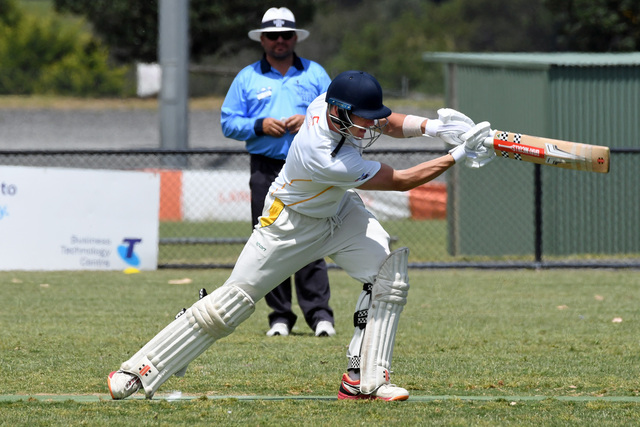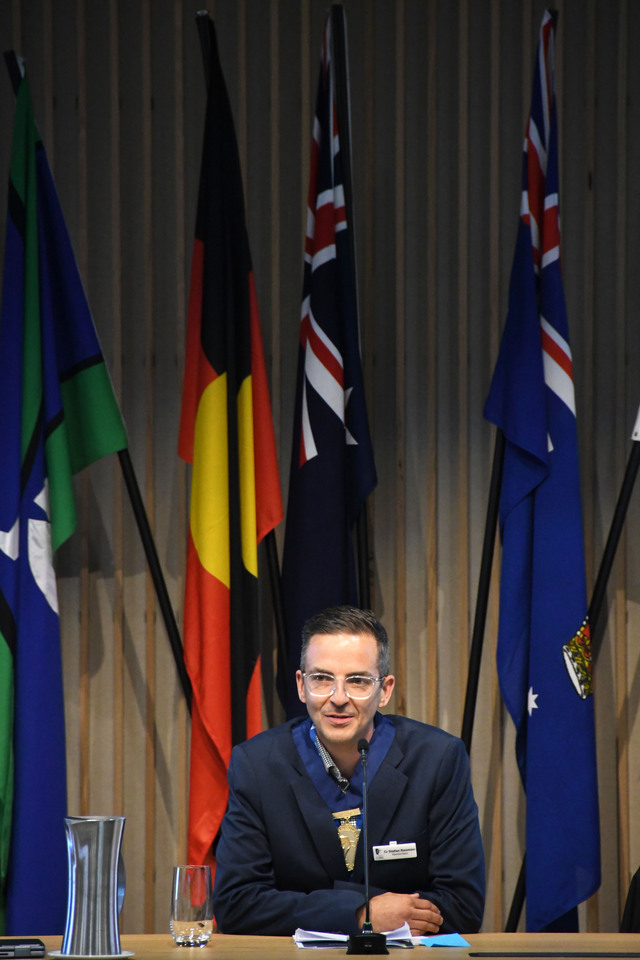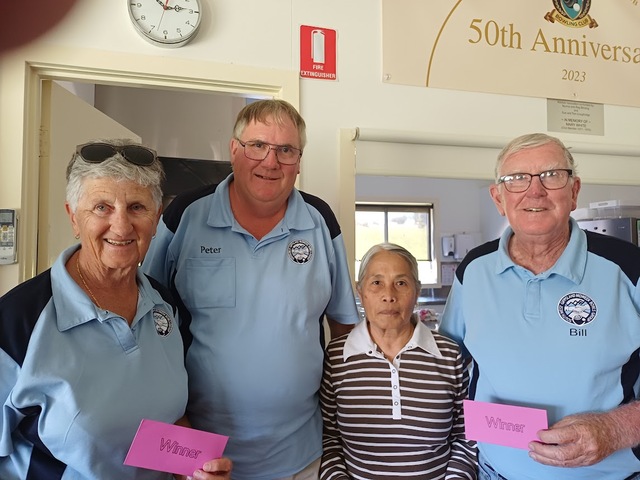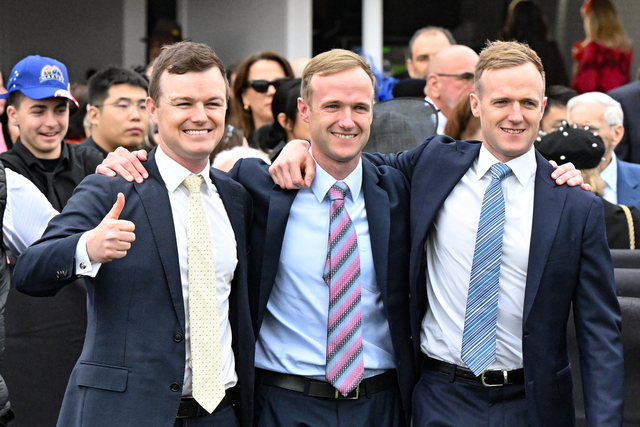By Victoria Stone-Meadows
Two schools in Casey will be adopting the Doctors in Schools Program put in place by the State Government during the 2017 school year.
Phase one of the program will see 20 schools across the state have a GP visit the school one day a week and Narre Warren South P-12 College is one of the schools allocated in the first phase.
College principal Rob Duncan said having a doctor on site at the school will mean students can access medical assistance for matters that are important them when they need it.
“The program provides medical access to students a day a week which is more than just general GP check-up,” Mr Duncan said.
“Obviously there will be a focus on adolescent health and issues that are important to young adults, and while we are a Prep to 12 college, the doctors in schools program is targeted at secondary students.”
Mr Duncan believes having a doctor at the school will be a really positive thing for students and will work well with the school’s established students wellbeing practises.
“It’s going to be a real advantage,” he said.
“It will be fully integrated and work hand in hand with our wellbeing program but out of separate buildings.”
Phase three of the doctors in schools rollout will start in term three of the 2017 school year with Cranbourne Secondary College one of the 40 to get a doctor in that phase.
Acting principal at Cranbourne secondary John Jovic said the school was looking forward to having access to a GP on site.
“It’s going to be a positive for us as we often advise the involvement of doctors but we rely on external appointments being made in clinics and practises in community,” he said.
“Unfortunately, those aren’t followed through with for a variety of reasons so to be able to have access to that on site will make it more efficient and effective, especially for students with special wellbeing needs.”
The announcement of the schools came from the the State Government on 19 January and Minister for Education James Merlino said having doctors in schools would mean more young people getting the medical attention they need.
“We know young people have some of the lowest GP attendance rates, meaning many are missing out on the vital healthcare they need,” he said.
“This will help address barriers preventing young Victorians from seeing a doctor.”







